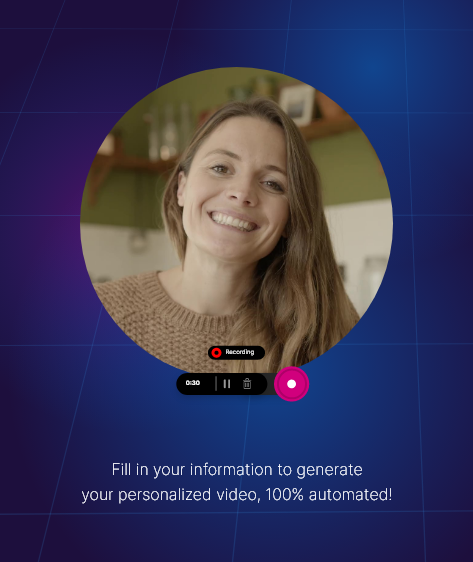Video feedback has rapidly grown in popularity in recent years. From educators giving input on student work to companies conducting employee evaluations, video feedback provides a rich and interactive platform to communicate in a more personalized manner. Video content helps to form deeper connections than written feedback, leading to a better understanding and faster improvement.
But, creating valuable video feedback requires more than just pressing the record button. The quality of the content, clarity of expression, and the platform’s interactive features all play a part. So, how can one craft video feedback that’s both efficient and impactful?
Why Use Video on Websites?
Videos have become an indispensable part of business marketing strategies. They offer a variety of benefits that make them stand out from other forms of content. Including videos on your website improves user experience, increases dwell time, and contributes positively towards your SEO efforts.
SEE MORE: How to Use Video to Convert Leads?
Crafting Effective Video Feedback: Key Steps
Creating quality video feedback boosts both parties’ understanding and helps promote clarity and transparency. Here are some practical steps to lead you through the process:
1. Be Clear and Concise
One of the pitfalls of video feedback is the potential to go off on tangents, leading to long-winded explanations. The recipient might lose interest or miss the main points.
Tips for clarity:
- Script It: Not necessarily word-for-word, but having an outline can help you stick to the main points. The research by Forbes shows that individuals who prepare beforehand are more confident and articulate during presentations.
- Chunk Information: Just as in written feedback, structure your video feedback in digestible chunks. If you’re reviewing a document, for instance, tackle it section by section rather than jumping around.
2. Utilize Visual Aids
The power of video feedback lies in its ability to leverage both auditory and visual cues. By using visual aids, you amplify your feedback’s effectiveness.
How to use visual aids effectively:
- Highlight Tools: Platforms like Loom or Screencast-O-Matic offer tools to emphasize or draw attention to particular parts of the screen.
- Slide Presentations: Tools such as PowerPoint or Google Slides can be handy when you’re explaining complex concepts.
3. Encourage Interactivity
Unlike traditional feedback, video offers an opportunity for two-way interaction. Encouraging recipients to interact with your feedback can lead to a deeper understanding.
Ways to foster interactivity:
- Embed Questions: Pause occasionally and pose a reflective question, prompting the viewer to think about your comments critically.
- Use Annotations: Platforms like Vimeo offer annotation tools. You can insert clickable links or even short quizzes to gauge comprehension.
4. Maintain a Constructive Tone
According to a report by Harvard Business Review, feedback, whether positive or negative, is more likely to be received well if delivered in a constructive tone.
Strategies for a positive tone:
- Sandwich Technique: Start with positive feedback, discuss areas of improvement, and conclude with encouragement. This structure ensures the recipient doesn’t feel overwhelmed by criticisms.
- Body Language: Remember, video feedback isn’t just about what you say. Maintain eye contact, nod occasionally, and use open gestures. Avoid crossing arms or other defensive postures.
5. Choose the Right Platform
The effectiveness of your video can also depend on the platform you choose. It should align with your objectives and be user-friendly for the recipient.
Top platforms for different needs:
- Education: Platforms like Edpuzzle or Kaltura offer features tailored for educational feedback.
- Professional Feedback: Tools like Loom or Vimeo might be more appropriate for a business setting due to their sophisticated analytics and professional interfaces.
EXPLORE MORE: Why Use Video on Your Website?
Conclusion
Crafting quality video feedback is a skill that, when mastered, can offer profound impacts on communication and understanding. By being clear and concise, utilizing visual aids, encouraging interactivity, maintaining a constructive tone, and choosing the right platform, you can transform your feedback sessions into more engaging and effective interactions.
Remember, while video feedback has its advantages, always consider the recipient’s preferences. Some may still prefer written feedback or face-to-face discussions. Always prioritize clarity and understanding over medium.





